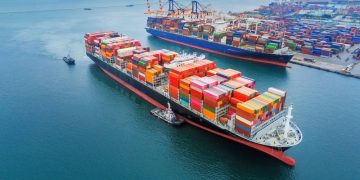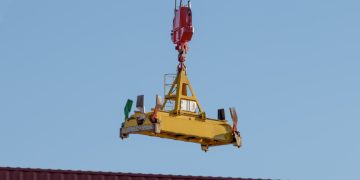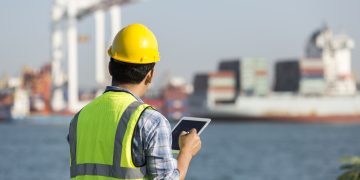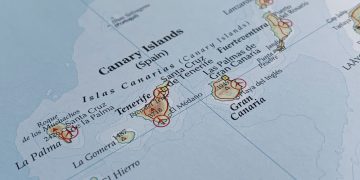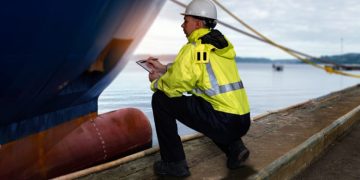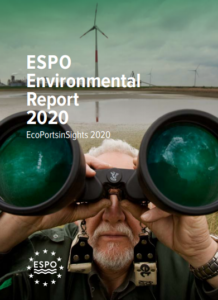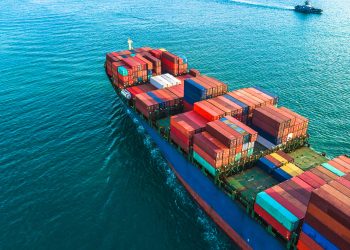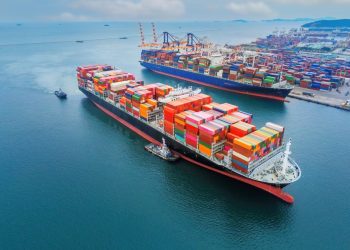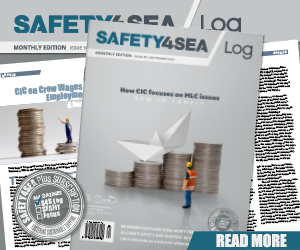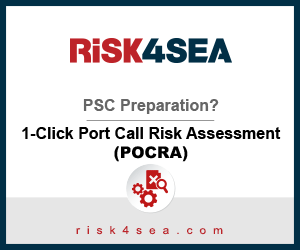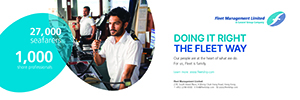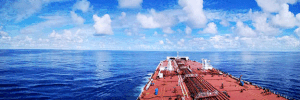European Sea Ports Organisation (ESPO) issued its 5th Annual Environmental Report analysing the environmental performance of the EU ports during 2020.
Despite the COVID-19 pandemic and the major challenges that has brought, the report found several positive trends within the ports.
Namely, in 2020, 96% of ports have an environmental policy in place, and 92% have a compilation of an inventory of significant environmental aspects.
At the same time, ports managed to improve their performance in indicators such as the publication of publicly available environmental reports, and training programmes for employees.
In fact, 81% of ports have set up an environmental monitoring program, with port waste being the most monitored issue.
The report also showed that 91% of ports communicating their environmental policy to stakeholders, and 86% of ports making it publicly available on their website.
The 2020 paper finds that the EcoPorts SDM continues to deliver despite the difficult current COVID-19 pandemic, providing a dedicated tool for port environmental management in Europe.
According to the report, air quality continues to be the top environmental priority for ports, as air quality has become a key determinant of sustainable port activity and ports’ license to operate.
Second in the environmental priority lists for the first time in 2017, is the climate change.
During 2020, 7 out of 10 European ports take climate change into consideration when they develop new infrastructure projects.
65% of European ports have taken steps to strengthen the climate resilience of existing infrastructure, and over half of surveyed ports have already dealt with operational challenges due to climate change.
Energy efficiency is the third top priority after air quality and climate change, while noise remained an important priority for ports.
When it comes to LNG, one third of ports has made LNG bunkering available, LNG being mainly provided by trucks (100%) and by barges (34%).
In parallel, 57% of ports provide environmentally differentiated fees for ships that go beyond regulatory standards, with air emissions, waste and climate change being important targets of these discounts.
Ports continue to invest in green infrastructure such as shore-side electricity for ships at berth, and have improved their transparency towards European citizens and local communities. We will have to keep an eye on the share of ports certified with an Environmental Management System, which went down slightly.
…as ESPO stated.
Explore more herebelow




















